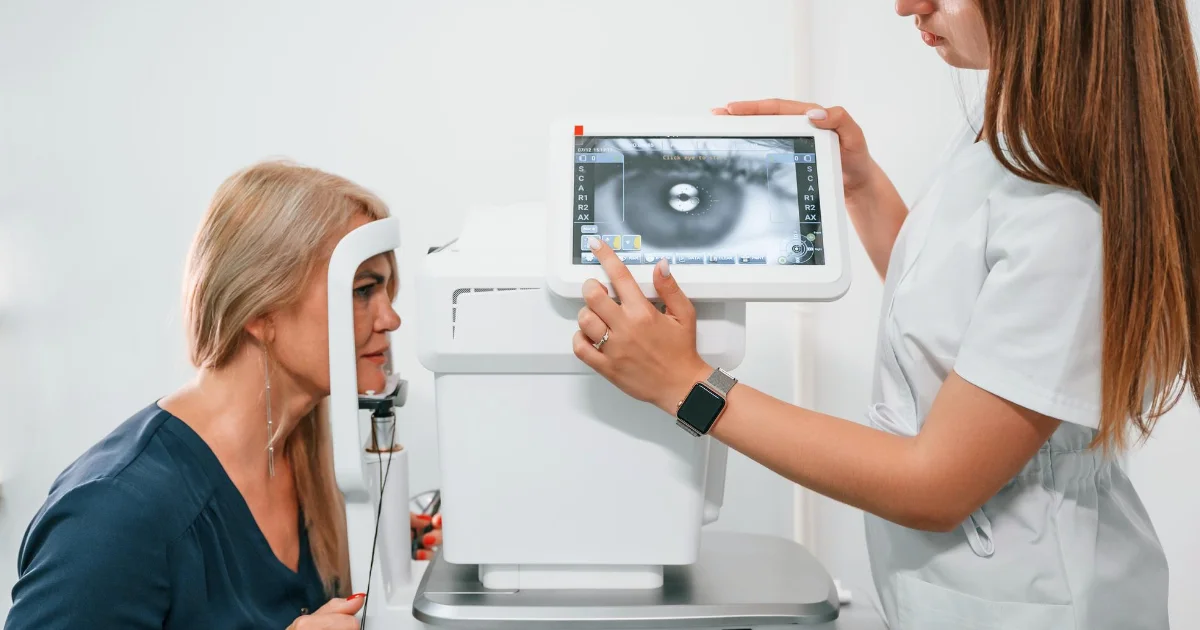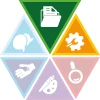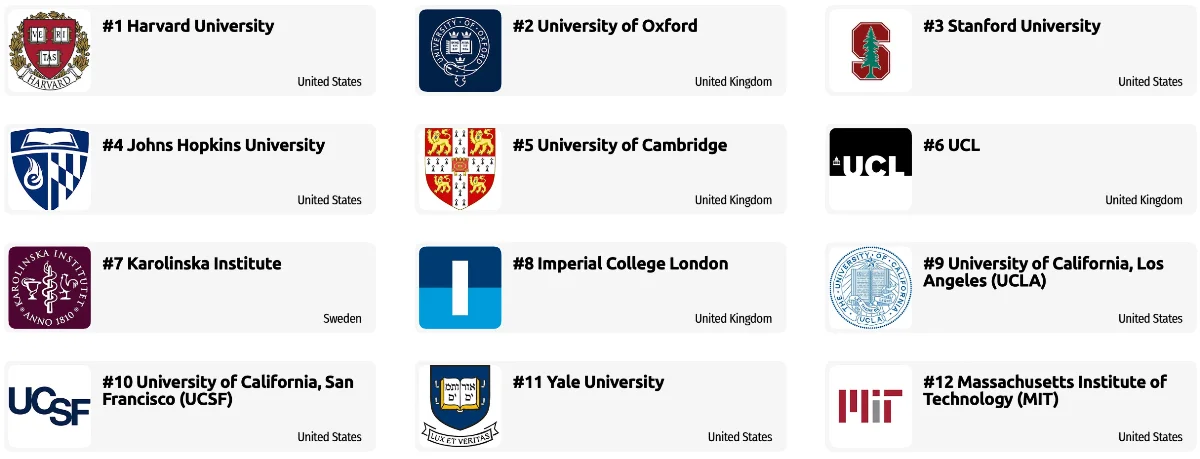Mediator

Mediators should be capable of:
- Providing personal assistance, medical attention, emotional support, or other personal care to others such as coworkers, customers, or patients.
- Developing constructive and cooperative working relationships with others, and maintaining them over time.
- Performing for people or dealing directly with the public. This includes serving customers in restaurants and stores, and receiving clients or guests.
- Handling complaints, settling disputes, and resolving grievances and conflicts, or otherwise negotiating with others.
Technician

Technicians will often be asked these tasks:
- Providing documentation, detailed instructions, drawings, or specifications to tell others about how devices, parts, equipment, or structures are to be fabricated, constructed, assembled, modified, maintained, or used.
- Using computers and computer systems (including hardware and software) to program, write software, set up functions, enter data, or process information.
- Servicing, repairing, calibrating, regulating, fine-tuning, or testing machines, devices, and equipment that operate primarily on the basis of electrical or electronic (not mechanical) principles.
Other work activities related to Ophthalmic medical technologists
- Administering topical ophthalmic or oral medications.
- Assessing abnormalities of color vision, such as amblyopia.
- Assessing refractive conditions of eyes, using retinoscope.
- Assisting physicians in performing ophthalmic procedures, including surgery.
- Calculating corrections for refractive errors.
- Collecting ophthalmic measurements or other diagnostic information, using ultrasound equipment, such as A scan ultrasound biometry or B scan ultrasonography equipment.
- Conducting binocular disparity tests for assessing depth perception.
- Conducting ocular motility tests for measuring function of eye muscles.
- Conducting tests, such as the Amsler Grid testing, for measuring central visual field used in the early diagnosis of macular degeneration, glaucoma, or diseases of the eye.
- Conducting tonometry or tonography tests for measuring intraocular pressure.
- Conducting visual field tests for measuring field of vision.
- Creating three dimensional images of the eye, using computed tomography (CT).







